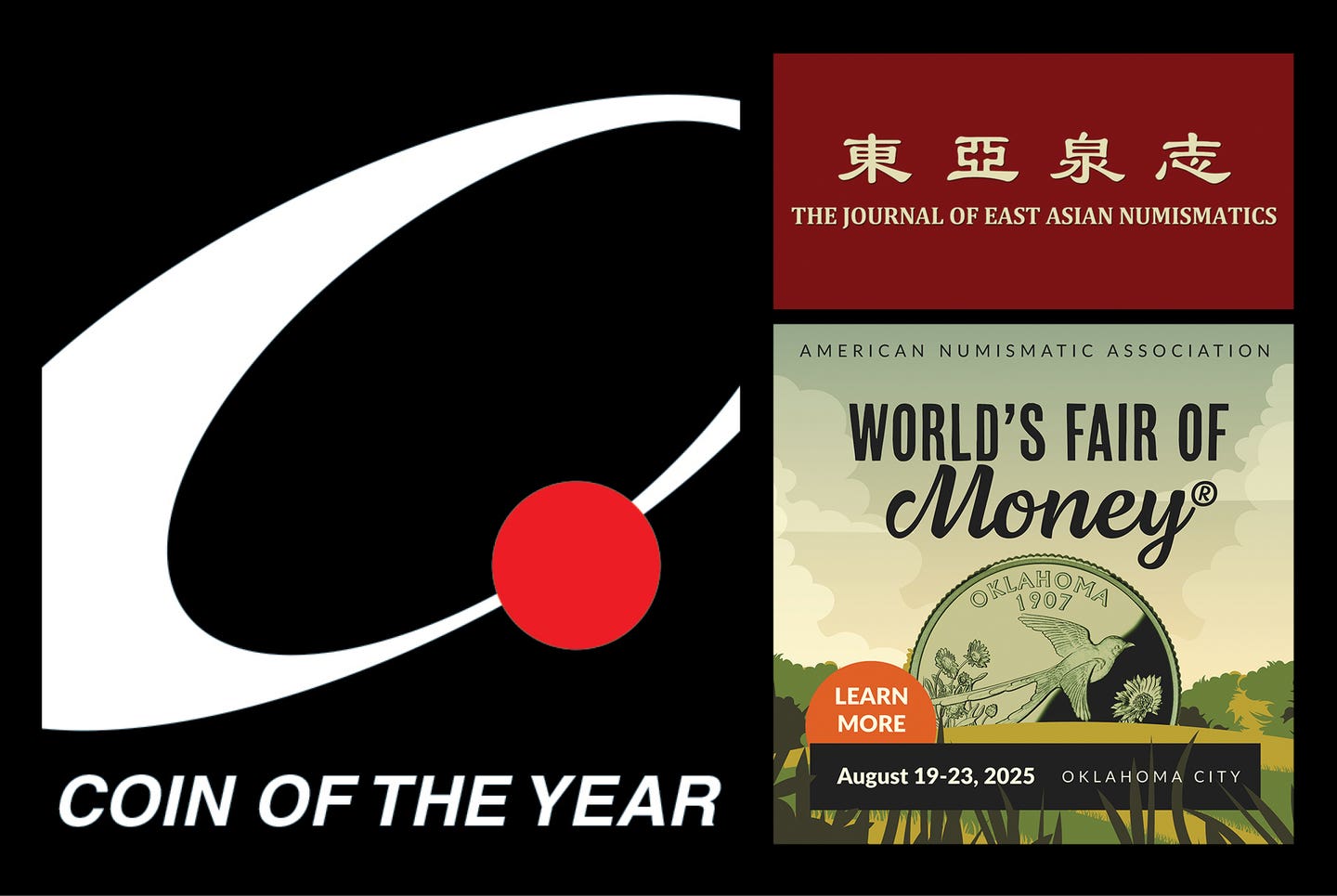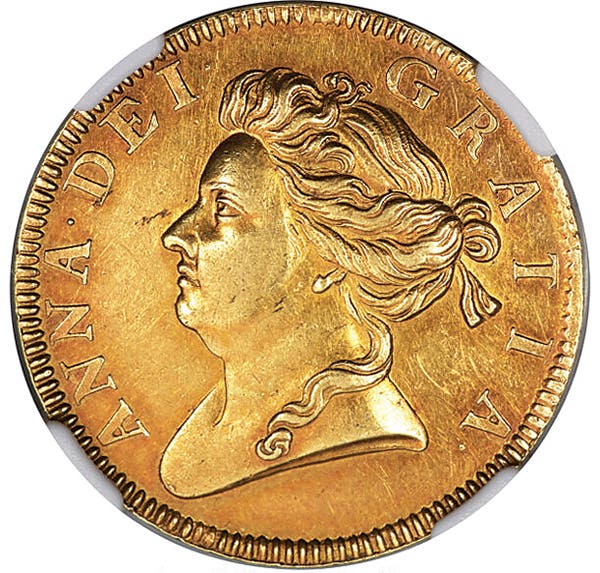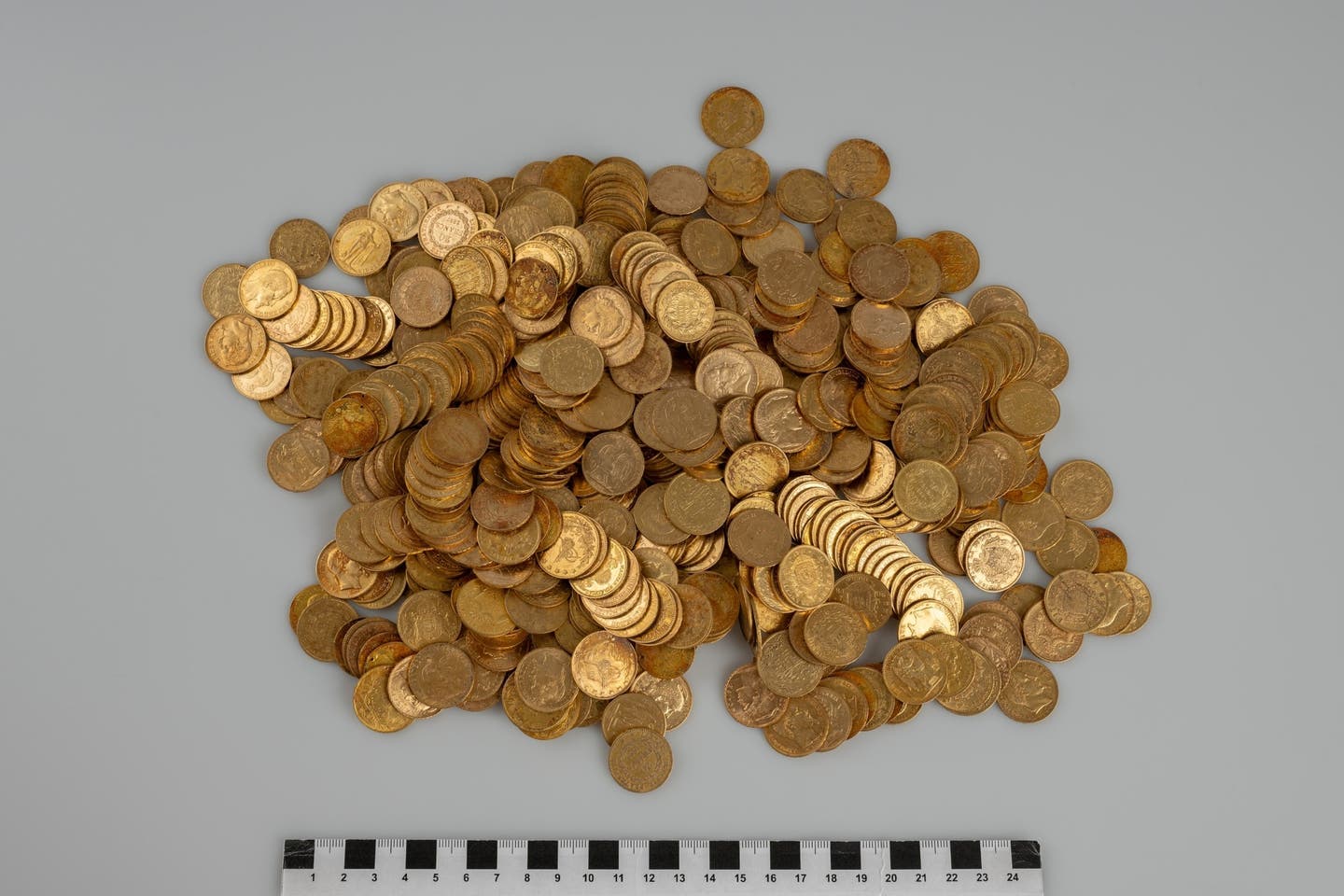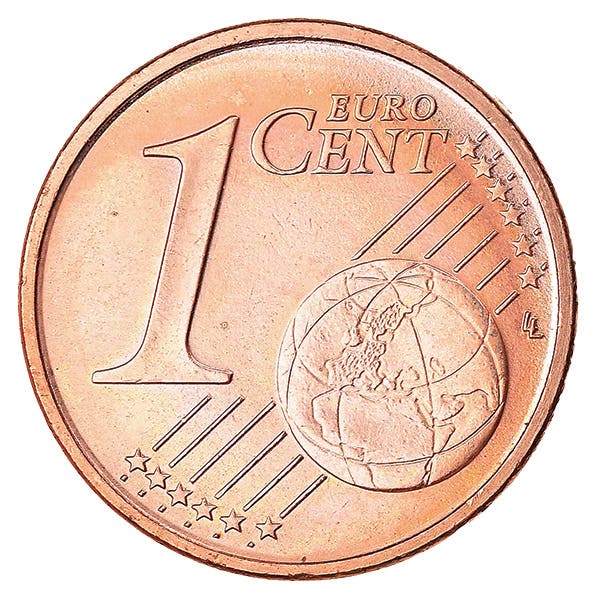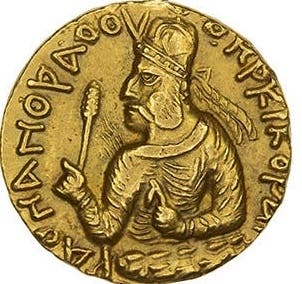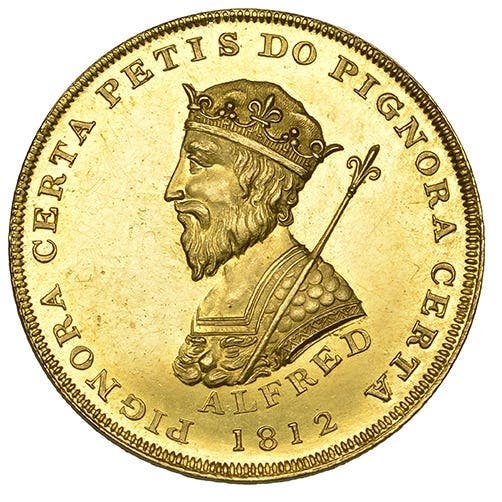Medieval Coin Research a Challenge
Anyone with an appetite for numismatic research should consider coins of medieval Europe as an area that will often prove to be a serious challenge. A coin struck in the…
Anyone with an appetite for numismatic research should consider coins of medieval Europe as an area that will often prove to be a serious challenge. A coin struck in the name of Harald Hardrada recently unearthed in Hungary is a good example of this.
Harald “the Hard Ruler” or Hardrada (about 1015-1066) was a Norwegian king and claimant to the Danish and the English thrones. Known as Harald Sigurdsson or Harald III of Norway, he met his end at the Battle of Stamford Bridge in 1066 while attempting to claim the English throne. Harold Godwinson was the victor at Stamford Bridge but needed to quickly cross the country to face a second invasion by William of Normandy. William won the subsequent Battle of Hastings and is for that reason much better remembered to history than is Harald for that reason.
Harald issued silver penning coins on which a triquerta or three-cornered design representing the Christian trinity is at the center of the obverse, accompanied by an inscription reading Harald Rex Nar. The reverse of his coinage typically depicts a two-line cross with three dots in the upper right and bottom left quarters and a cross at center.
The challenge may not necessarily be in identifying the coin, but why the coin was encountered so far from its place of origin. Harald did spend time in Kiev and the Byzantine Empire prior to his Danish and English misadventures. It wasn’t until 1046 that Harald became king of Norway, the likely date his coins were issued.
The Viking coin of Harald in question was recently found at the medieval settlement of Kesztölc archaeological site near Várdomb in southern Hungary. The coin was found with the aid of a metal detector. Site archaeologists have acknowledged Scandinavian artifacts found in Hungary and Hungarian artifacts found in Scandinavia could have been brought to these sites by trade or traveling craftsmen. Coins have been found at the Kesztölc site before, but none of these were from Scandinavia.
The recently discovered coin is reported to be in poor condition but matches the description of the coin type mentioned earlier in this article and was issued by a mint at Nidarnes, Trondheim. Coins issued at Nidarnes should identify Gereitha On Nid as the moneyer or mint master. Coins struck at Nidarnes have been associated with the archbishop’s manor next to the cathedral.
Rippl-Rónai Museum (Kaposvár, Hungary) archaeologist Máté Varga said of the lone Harald coin find, “This penning was equivalent to the denar used in Hungary at the time. It was not worth much — perhaps enough to feed a family for a day.”
Researchers have concluded the Várdomb find appears to have been lost more than 100 years after the coin had been minted. No explanation was given how researchers concluded this time frame or that the coin appears to have circulated for between 10 and 20 years before being lost. The dating suggests a connection with a medieval Hungarian king named Solomon, who ruled between 1063 and 1087.
It is recorded in the contemporary “Képes Krónika” or “Chronicon Pictum” illuminated Hungarian medieval manuscript that Solomon camped in 1074 “above the place called Kesztölc.”
Szekszárd Wosinsky Mór or county museum archaeologist András Németh and Varga released a statement reading, “The king’s court could have included people from all over the world, whether diplomatic or military leaders, who could have had such coins.”
Németh and Varga further suggested the coin might have been brought to Kesztölc by a traveler crossing a well-known road built by the Romans. “This road was used not only by kings, but also by merchants, pilgrims, and soldiers from far away, any of whom could have lost the rare silver coin.”



